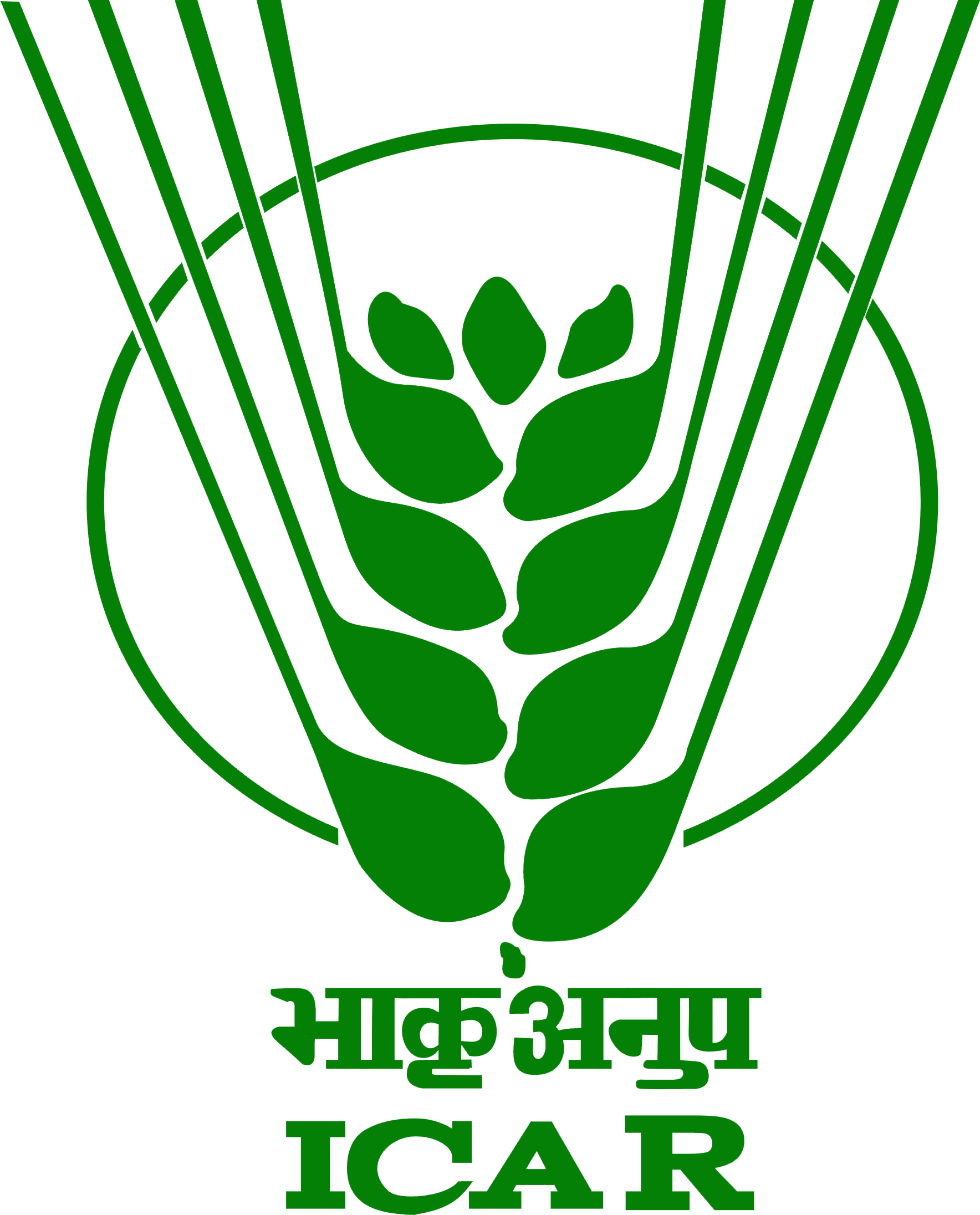Avian Influenza Overview
Avian Influenza (AI) is a highly contagious viral disease that affects domestic and wild bird species, with potential for severe outbreaks and zoonotic transmission to humans.
Etiological Agent
Avian Influenza (AI) is caused by Avian Influenza Virus (AIV), a type A influenza virus belonging to the family Orthomyxoviridae. Based on pathogenicity in poultry, AIVs are classified as:
- Highly Pathogenic Avian Influenza (HPAI)
- Low Pathogenic Avian Influenza (LPAI)
Subtypes are categorized based on hemagglutinin (H1–H16) and neuraminidase (N1–N9) proteins, with H5 and H7 subtypes most commonly associated with severe outbreaks.
Species Affected
Avian Influenza primarily affects a wide range of domestic and wild bird species, including:
- Chickens
- Turkeys
- Ducks
- Geese
- Wild aquatic birds (natural reservoirs)
In rare cases, mammals including pigs, cats, and humans can also be infected, especially with H5N1 and H7N9 strains.
Clinical Signs
Highly Pathogenic Forms:
- Sudden death with no premonitory signs
- Severe respiratory distress: coughing, sneezing, nasal discharge
- Swelling of the head, comb, wattles, and legs
- Cyanosis (bluish discoloration) of the comb and wattles
- Diarrhea and decreased feed/water intake
- Drop in egg production or soft-shelled/misshapen eggs
- Nervous signs: tremors, incoordination, torticollis
Low Pathogenic Forms:
- Mild respiratory signs or subclinical infections
- Reduced egg production
Preventive Measures
🔒 Biosecurity Measures
- Strict farm biosecurity
- Restricted access
- Disinfection protocols
💉 Vaccination
- Inactivated vaccines in endemic areas
- Under veterinary supervision
- Regulatory approval required
🔍 Surveillance and Monitoring
- Active monitoring of poultry flocks
- Wild bird surveillance
- Live bird market monitoring
⚠️ Quarantine and Culling
- Rapid culling of infected/exposed birds
- Proper disposal of carcasses
- Control outbreak spread
🚧 Movement Control
- Restrict poultry movement from infected zones
- Control poultry product movement
📚 Public Awareness
- Training for farmers and workers
- Early signs recognition
- Hygiene and reporting practices
Photos
Currently not available.



